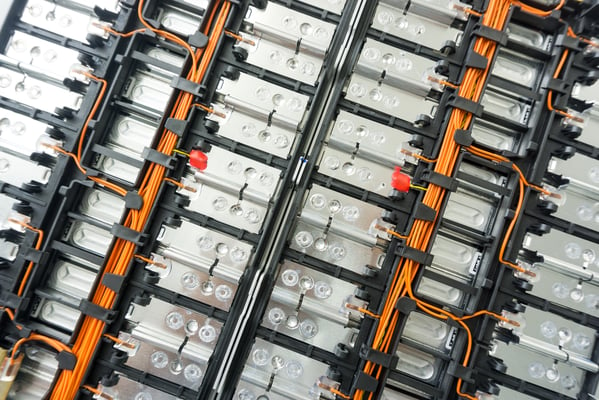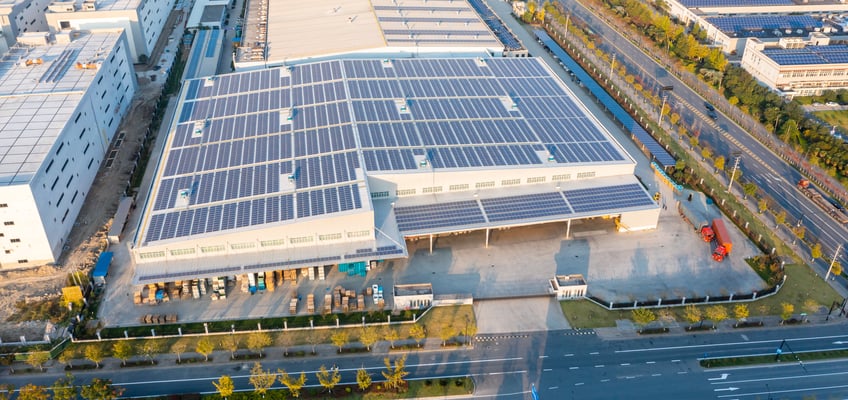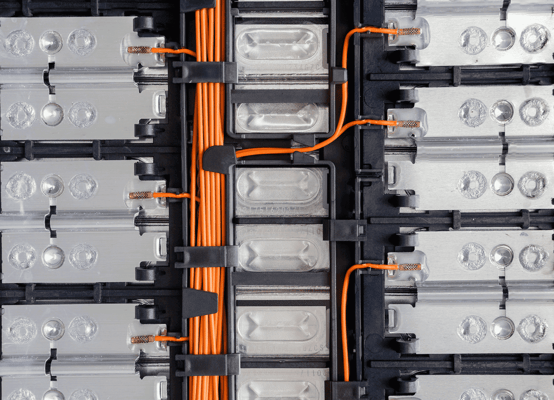
Understanding Battery Degradation: Causes, Effects, and Solutions
In an ever-changing world, one thing that is certain not to change is our dependency on electricity. Electricity has increasingly become a vital part of our existence, and global electricity demand is expected to rise at a faster rate over the next three years, growing by an average of 3.4% annually through 2026. Our development and dependence on AI and cryptocurrency are also part of this need; in this sector alone, the need for electricity will double by 2026.
To meet the demands of the market, as well as reduce our carbon emissions to meet the Paris Agreement and limit global warming to 1.5°C, greenhouse gas emissions must decline by 43% by 2030. This means that investment in renewable energy must be at the forefront of energy development. Investment in this area is growing rapidly; however, production peaks and lows must be compensated through energy storage. One way of storing this energy is through batteries.

Batteries are therefore vital both for the renewable energy sector and on an individual level. In an increasingly digital world where our devices are the lifeline of our daily activities, whether it’s our smartphones, laptops, or electric vehicles, battery health is paramount. The performance and longevity of the battery pack significantly impact our user experience and the overall lifespan of our devices. However, one unavoidable aspect of batteries is degradation over time. Let's delve into the intricate world of battery degradation: its causes, effects, and potential solutions.
What is Battery Degradation?
Battery degradation refers to the gradual loss of a battery's ability to hold charge and deliver the same level of performance as when it was new. This phenomenon is an inherent characteristic of most rechargeable batteries, including lithium-ion batteries, which are prevalent in various consumer electronics and electric vehicles.
Causes of Battery Degradation
Chemical Reactions
Inside a battery, chemical reactions occur during charging and discharging cycles. Over time, these reactions cause changes in the battery's chemistry, leading to the degradation of its components. This process is often accelerated by factors such as temperature and usage patterns.
Cycling
Each time a battery goes through a charging and discharging cycle, it undergoes stress that contributes to its degradation. The depth of discharge, or how much the battery is drained during each cycle, can impact the rate of degradation. Deep discharges and high charge rates can accelerate degradation.
Temperature
Extreme temperatures, both hot and cold, can accelerate battery degradation. High temperatures can cause the battery's electrolyte to break down and accelerate chemical reactions within the battery, while cold temperatures can slow down chemical reactions, leading to decreased performance.
Age
Regardless of usage patterns, batteries degrade over time simply due to age. This is because the chemical reactions that occur within the battery are not completely reversible, leading to a gradual loss of capacity and performance over the battery's lifespan.
Effects of Battery Degradation
Reduced Battery Life
As a battery degrades, its capacity to hold charge diminishes, resulting in shorter battery life between charges. This can be particularly noticeable in smartphones and laptops, where users may find themselves needing to recharge more frequently as the battery ages.
Performance Issues
Battery degradation can also lead to performance issues, such as slower charging times and decreased power output. In electric vehicles, degraded batteries may result in reduced driving range and slower acceleration.
Increased Heat Generation
As batteries degrade, they become less efficient at storing and releasing energy, which can lead to increased heat generation during charging and discharging cycles. This heat can further accelerate degradation and, in extreme cases, pose safety risks.
Solutions to Battery Degradation
While battery degradation is inevitable, there are several measures that can help mitigate its effects and prolong battery life:
Proper Charging Practices
Avoid frequent deep discharges and high charge rates, as these can accelerate battery degradation. Instead, aim for shallow discharge cycles and use chargers that deliver a moderate charging current.
Temperature Management
Keep batteries within a moderate temperature range to minimize degradation. Avoid exposing devices to extreme heat or cold for prolonged periods, and store batteries in a cool, dry place when not in use.
Software Optimization
Manufacturers can implement software optimizations to prolong battery life, such as intelligent charging algorithms that adjust charging rates based on usage patterns and temperature conditions.
Battery Health Monitoring
Implement battery health monitoring systems in devices to provide users with insights into their battery's condition. This can help users take proactive measures to preserve battery health, such as replacing the battery before it reaches the end of its usable lifespan.
Conclusion
Battery degradation is a natural phenomenon that affects all rechargeable batteries to some extent. Understanding the causes and effects of battery degradation is crucial for both consumers and manufacturers to prolong battery life and optimize performance. By implementing proper charging practices, temperature management, software optimizations, and battery health monitoring, we can mitigate the effects of battery degradation and enjoy longer-lasting and more reliable devices.




